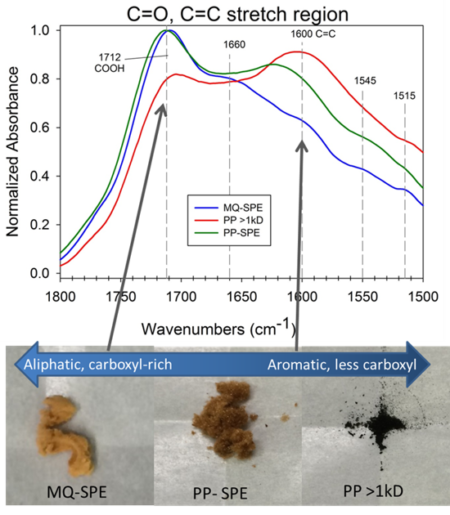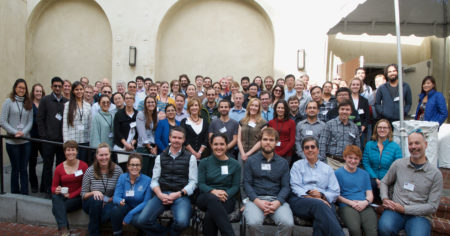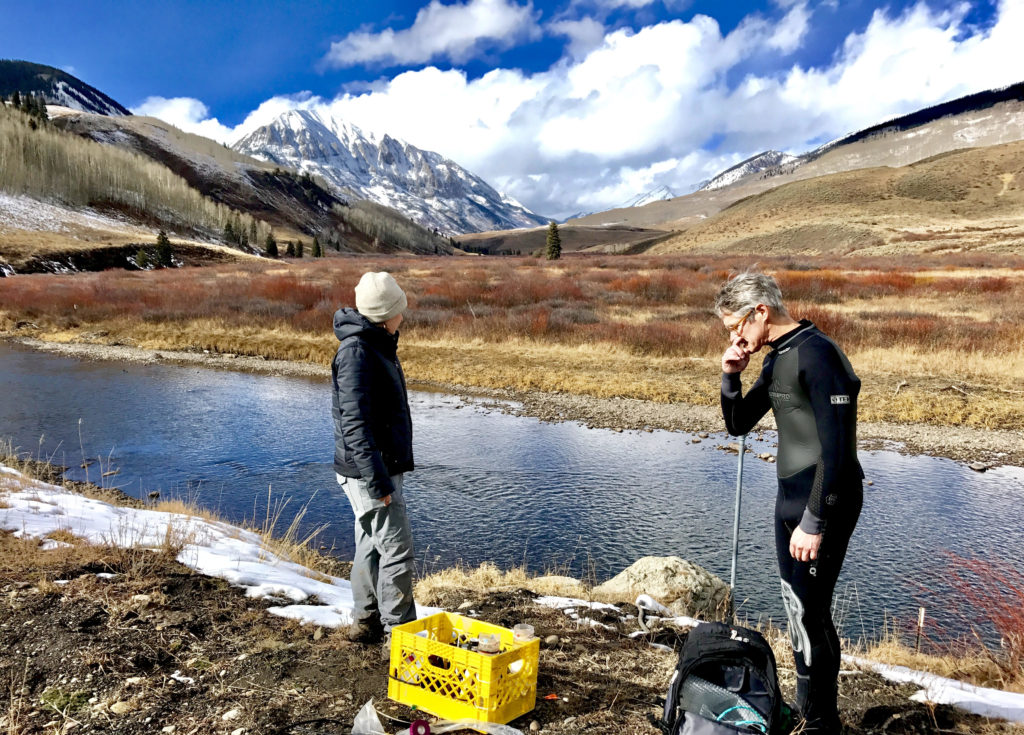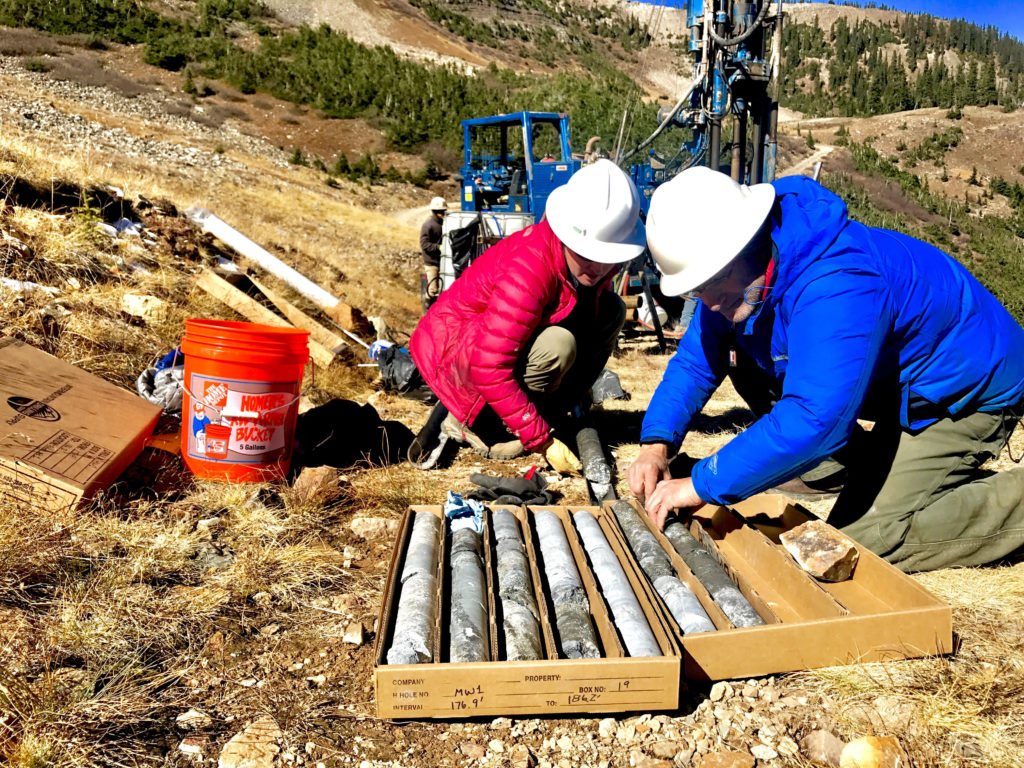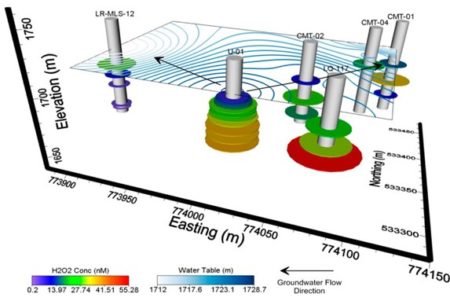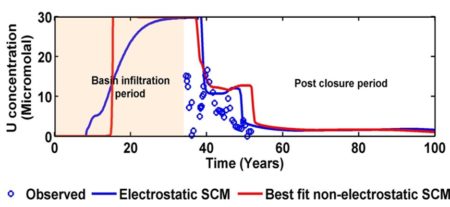 Research from the Watershed Function SFA will be featured in approximately 25 posters, talks and convened sessions at the 2017 American Geophysical Union Fall Meeting in New Orleans, LA.
Research from the Watershed Function SFA will be featured in approximately 25 posters, talks and convened sessions at the 2017 American Geophysical Union Fall Meeting in New Orleans, LA.
Click here to see a full listing of SFA-related AGU 2017 activities.
